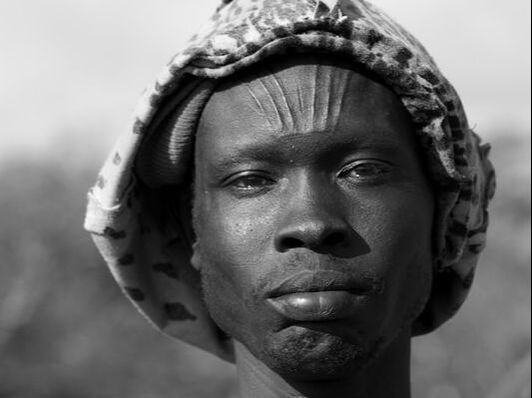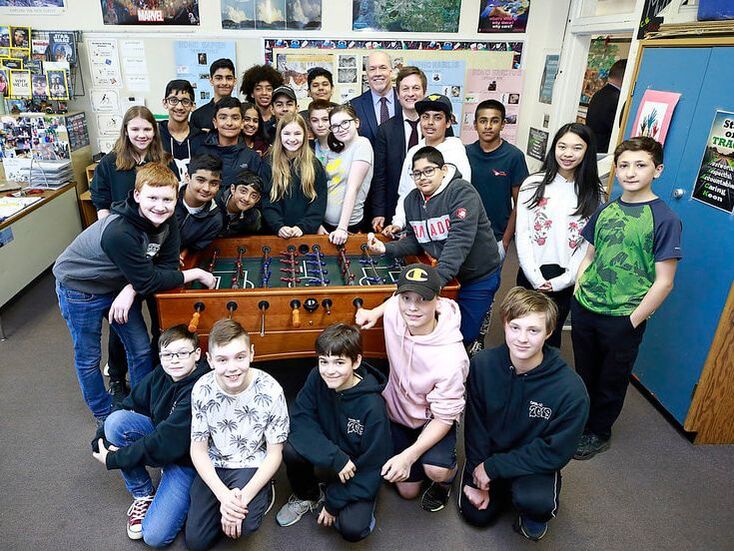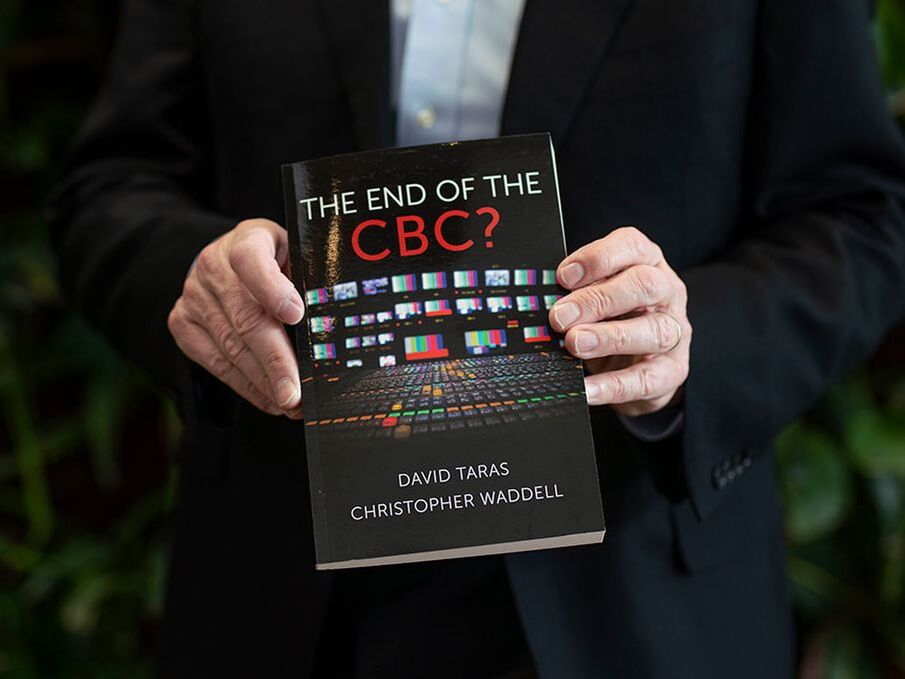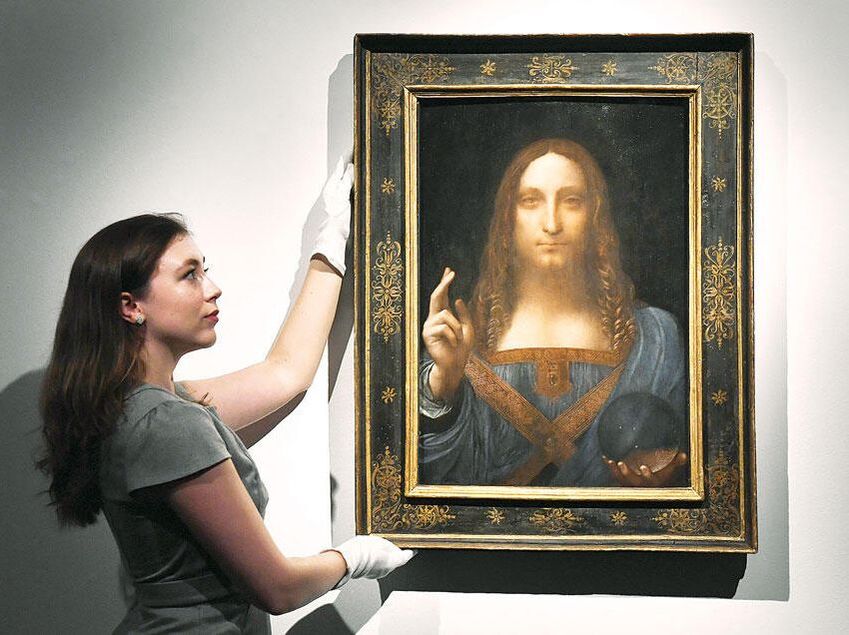- Home
- Technology
- Management
- Health Care
- Earth Sciences
- Particle Physics
- Engineering
- Stories of Turtle Island
- Startup Companies
- The Lost Ships of the Franklin Expedition
- Wildlife
- Archaeology
- Palaeontology
- Architecture, Land Use and Planning
- Politics and International Development
- COVID-19
- University Life
Atlas of body markings to help people of African descent trace lineageWhen slave traders stole Africans from their homeland, they didn’t just strip them of freedom. Enslaved people lost their identity too. It’s a wound that lingers.
“Africans were taken from multiple origins and developed a new identity in the Americas through their exploitation,” says Katrina Keefer. “The trauma of taking someone's name and trying to scour away their homeland can’t be undone. It's a legacy lives with us today.” Keefer’s research will help people descended from African slaves learn their heritage. She’s creating a database of body modifications like facial tattoos and scarification that will help identify where a person came from. Click here for full text |
Children show preference for local accent, even in multicultural settingsIn the sonic whirl of Toronto, where the sounds of city life are peppered with more than 200 languages and inclusivity is part of the curriculum at every stage of a child’s education, you might not expect that children would show a preference for one accent over another. But they do.
“Previous studies had examined more homogenous communities in suburban Boston and Chicago,” says Elizabeth Johnson. “We wondered if those feelings about people who speak in different accents would be the same for children growing up in the Greater Toronto Area, where children are regularly exposed to a wide range of accents." Click here for full text |
Helping multicultural work teams maximize their potential
|
A more diverse Canada needs a more global CBCMillions of Canadians have roots in Asia, but Canada’s public broadcaster has only one correspondent that covers the world’s most populous region. Chris Waddell argues that’s nowhere near enough.
“Canadians come from different places around the world – China, India, the Philippines — yet we know almost nothing about the places they come from,” says Waddell. “We don’t know the stories of what happens there. We never hear much about those countries, except when there’s a disaster. But helping Canadians learn about those countries can help us understand the issues that new Canadians face.” Click here for full text |
Leonardo da Vinci's disappearing masterpieceLeonardo da Vinci was prolific in producing sketches and notes, but as a painter, he was painfully slow. It took him four years to paint the Mona Lisa and, in all, fewer than 20 paintings that are attributed to the Renaissance master.
Salvator Mundi is one of them. Latin for “saviour of the world,” it’s a portrait of Jesus of Nazareth wearing Renaissance robes, as he gazes magnanimously and cradles a crystal orb. It’s one of Leonardo’s most copied paintings, but for centuries the original was thought to be lost. Then it was found, and now it’s missing again. Click here for full text |
Changing police lineups could reduce wrongful convictions“There is a common type of lineup procedure called a simultaneous lineup,” says Pozzulo.
“It’s what you typically see on TV. The lineup is shown to a witness, behind a one-way mirror. They identify the criminal. The problem is that witnesses usually pick out the person that looks most like the criminal, rather than making a hard decision as to whether it is, or is not, the criminal.” Pozzulo is evaluating the effectiveness of a procedure that helps make identification more accurate for child witnesses – elimination lineups. Click here for full text |





